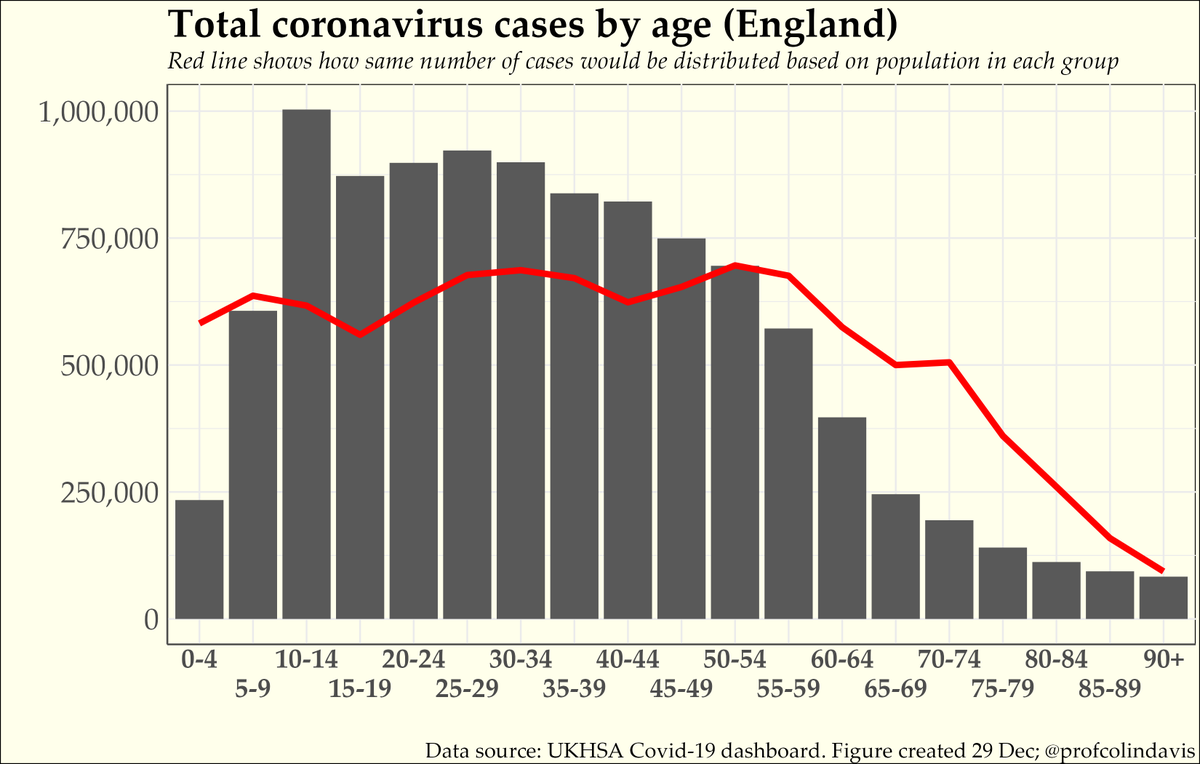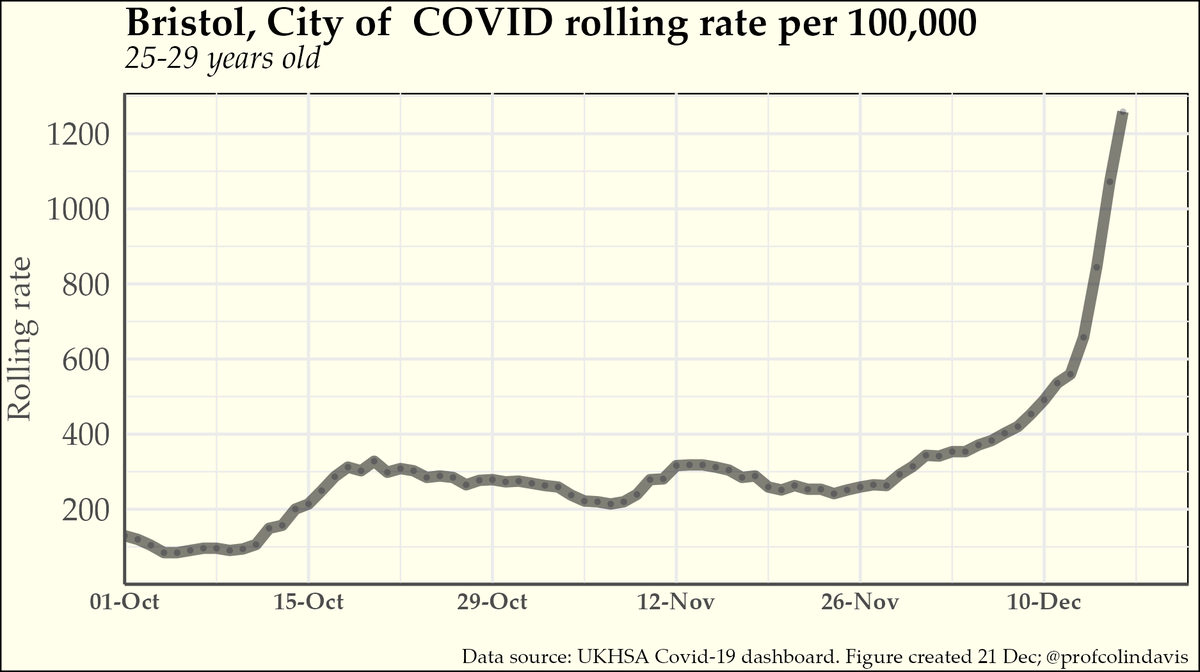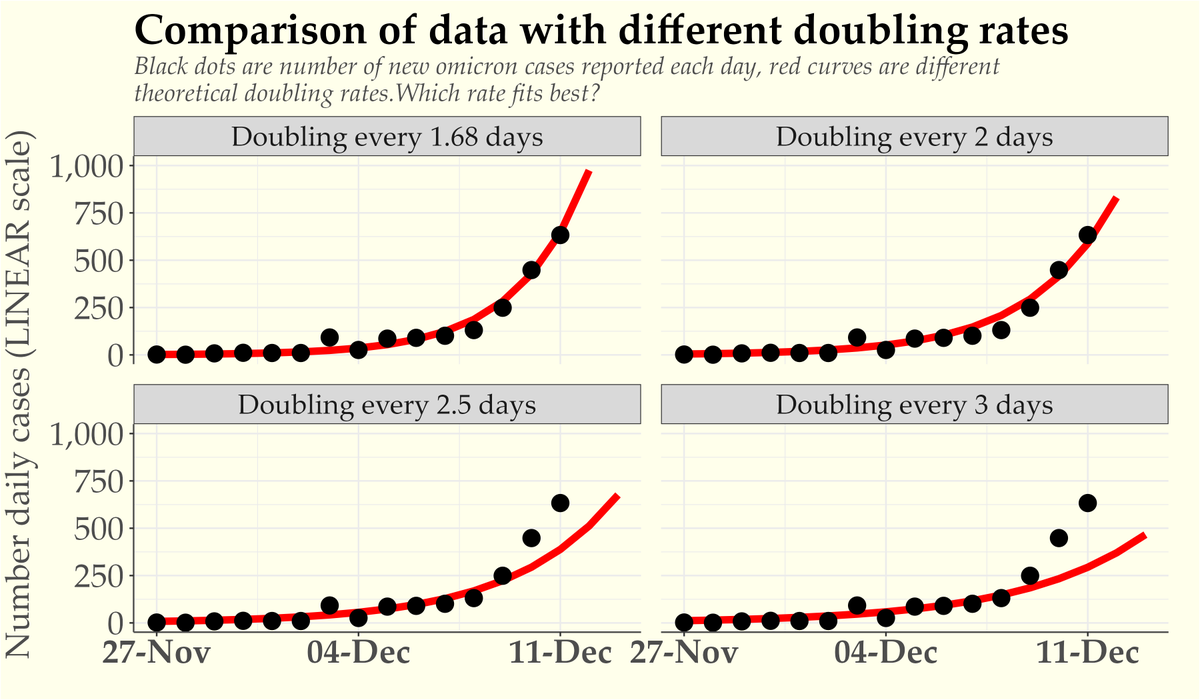
This YouGov poll on the #Colston4 trial verdict illustrates both the virtues of #deliberative processes like juries and also one of their big problems. 🧵
If you take a random (and presumably representative) sample of the population and ...
If you take a random (and presumably representative) sample of the population and ...
https://twitter.com/YouGov/status/1479487302338494464
... give them the evidence, and the time to debate, deliberate and consider that evidence, you’ll (in general) get a much better informed, higher quality decision than the kneejerk (and media-driven) reactions that you get from polls like this one by YouGov. And ...
..that’s good for justice. There’s lots of optimism in some progressive circles about the promise of related deliberative processes for tackling controversial, potentially divisive issues like the sorts of changes we should make to our lifestyles to respond to the climate crisis.
The problem is, even if the participants were representative *before* the trial/assembly, by the time it’s over they’re no longer representative of the general population, *by virtue* of their participation in the process. They've changed (in a good way).
This leads to a mismatch between informed deliberation and "common sense" views. Consequently, those who were outside the process question the legitimacy of the outcome, even though (chances are) they'd have arrived at the same verdict had they had the opportunity to participate.
We see the same phenomenon in citizens' juries/assemblies about climate policy. Given the evidence, citizens advocate the most "radical" measures. But when these conclusions are reported by a sceptical/hostile press, the general public assume the participants must've been cranks.
Politicians don't help when they seek to challenge deliberate outcomes & subvert the process. In the case of the #Colston4, this is partly about politicians wanting to play culture war. But it's also about MPs asserting that *they* are the rightful decision makers, not citizens.
It’s not easy to address the legitimacy problem. Where the public has a strong interest in the outcome it’s critical that processes are transparent and the public is given the best possible opportunity to participate vicariously & to engage in their own thoughtful deliberation.
The media has a responsibility to report the arguments & evidence -- not just the outcome. We should also consider allowing cameras into courtrooms (& other decision-making processes). This could promote a more engaged, informed populace & reduce the gap between polls & juries.
And politicians would do well to stop sticking their oars in. If they want to impress us with their decision-making abilities they could try to model their own debates in the parliament on the more constructive, thoughtful and nonpartisan deliberations that take place in juries.
• • •
Missing some Tweet in this thread? You can try to
force a refresh










